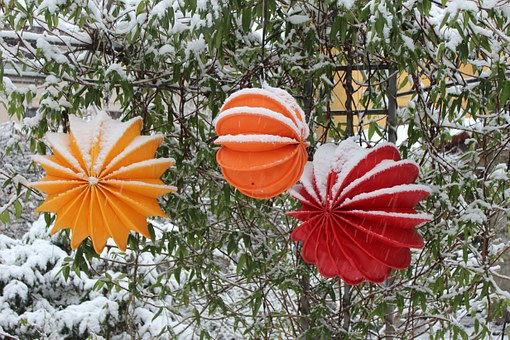
As the summer wind downs, those of you who are homeowners may have a bunch of projects on your minds. You may think about the landscaping you didn’t get done or the air conditioning you didn’t get fixed. Your spouse may remind you of the gutters that didn’t get cleaned and the driveway that didn’t get repaved. While you may have intended to do all of these things over summer, it’s nearly too late…and it’s time to move on.
One of the great things about summer coming to a close is that it allows you to look at all of your summer projects and, feigning sorrow, solemnly swear you’ll get to the next year. But, on the bad side, the end of the summer means there’s a whole slug of more home improvement projects out there. One of the most imminent is weatherproofing.
Weatherproofing, as a concept, is fairly simple: it is the act of protecting your home from the elements of weather. This can include summer climate, such as extreme sunlight, but it also includes autumn and winter climate, such as snow, rain, sleet, and wind. A house must contain some basics of weatherproofing in order to be inhabitable. The following lists the basics of weatherproofing, making sure your home is secure from the elements of mother nature.
Sealing Cracks: Be it wind, rain, or snow, nearly every element of weather looks for a way to get in through cracks. A crack in a wall or a window makes a house incredibly energy inefficient. For this reason, it’s important to seal any cracks. These are often prevalent around windows, doors, and pipes. Cracks can be sealed using a variety of things: caulk, window film, door sweeps, foam sealant, or the family pet who is very well trained to stay in one place for hours at a time.
Replace old doors and windows: Doors and windows, like most things, don’t last forever. As time goes on, they easily become less able to keep heat in and cold out. This makes their replacement particularly important: what’s the point of having a barrier if it doesn’t know how to block. When doors feel more drafty, and windows look a little weathered, consider replacing them altogether. It may cost some money, but it will make your house energy-efficient, and also improve its value.
Insulate, Insulate, Insulate: Now, it’s possible to just skip the insulation of your house and instead insulate yourself, wrapping your body up with Polystyrene. But, let’s face it, that’s not very stylish and will probably chafe. So, instead, insulate your home as well as you can. Insulation not only keeps heat in during winter, but it keeps cold in during summer. It also speaks directly to your pocketbook: a well-insulated house will nearly always have lower heating and cooling bills. Insulation is important in the walls, but it’s also essential to ceilings and floors, near window sills and foundations, and around both pipes and vents. There are a variety of insulation materials you can use, all with both pros and cons. Speaking to a home energy auditor or consulting a hardware store, is your best bet at making sure the insulation in your house doesn’t insult your comfort level.
Posted in Home By
 Opanpan Door Skins
Opanpan Door Skins